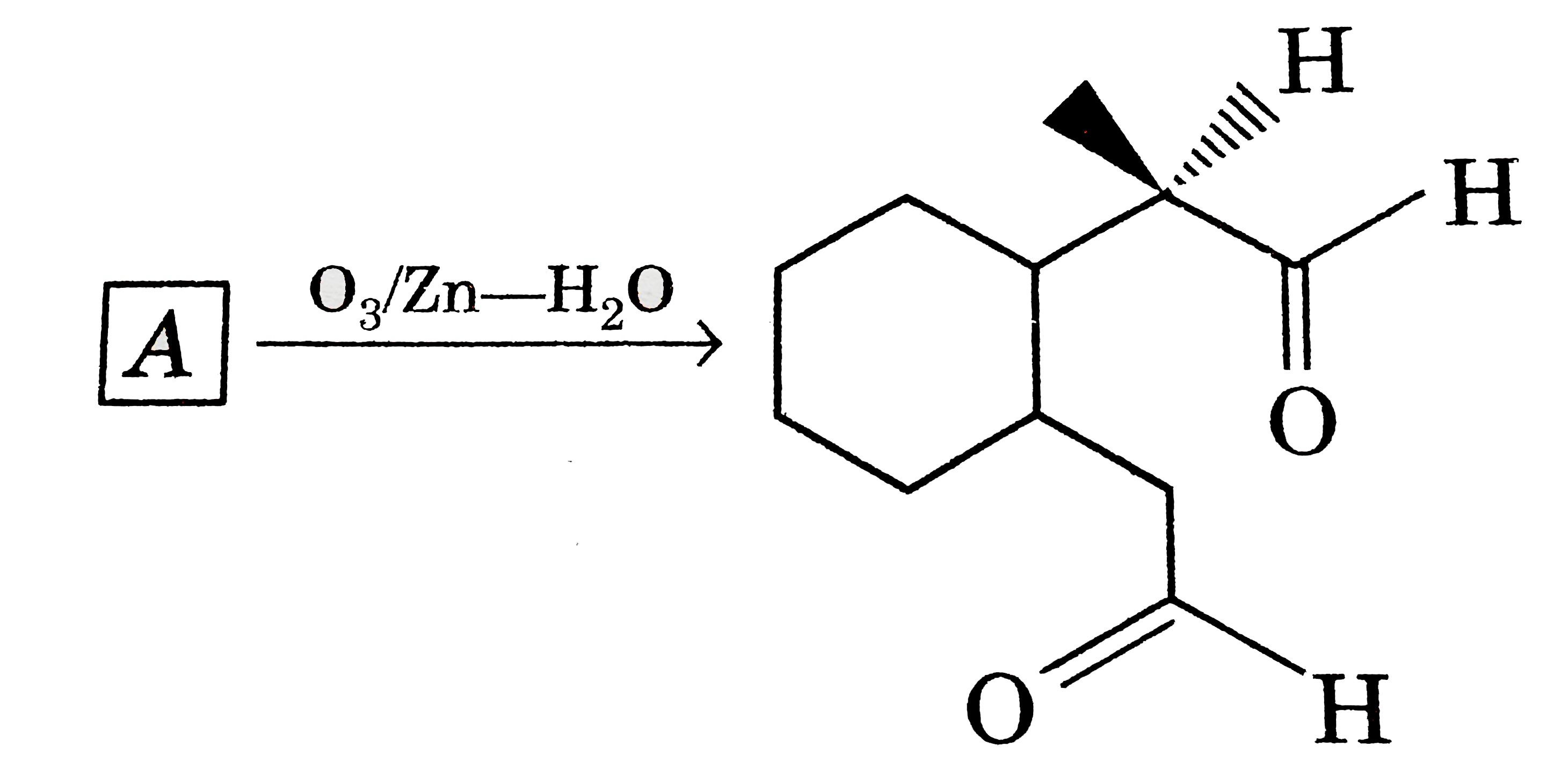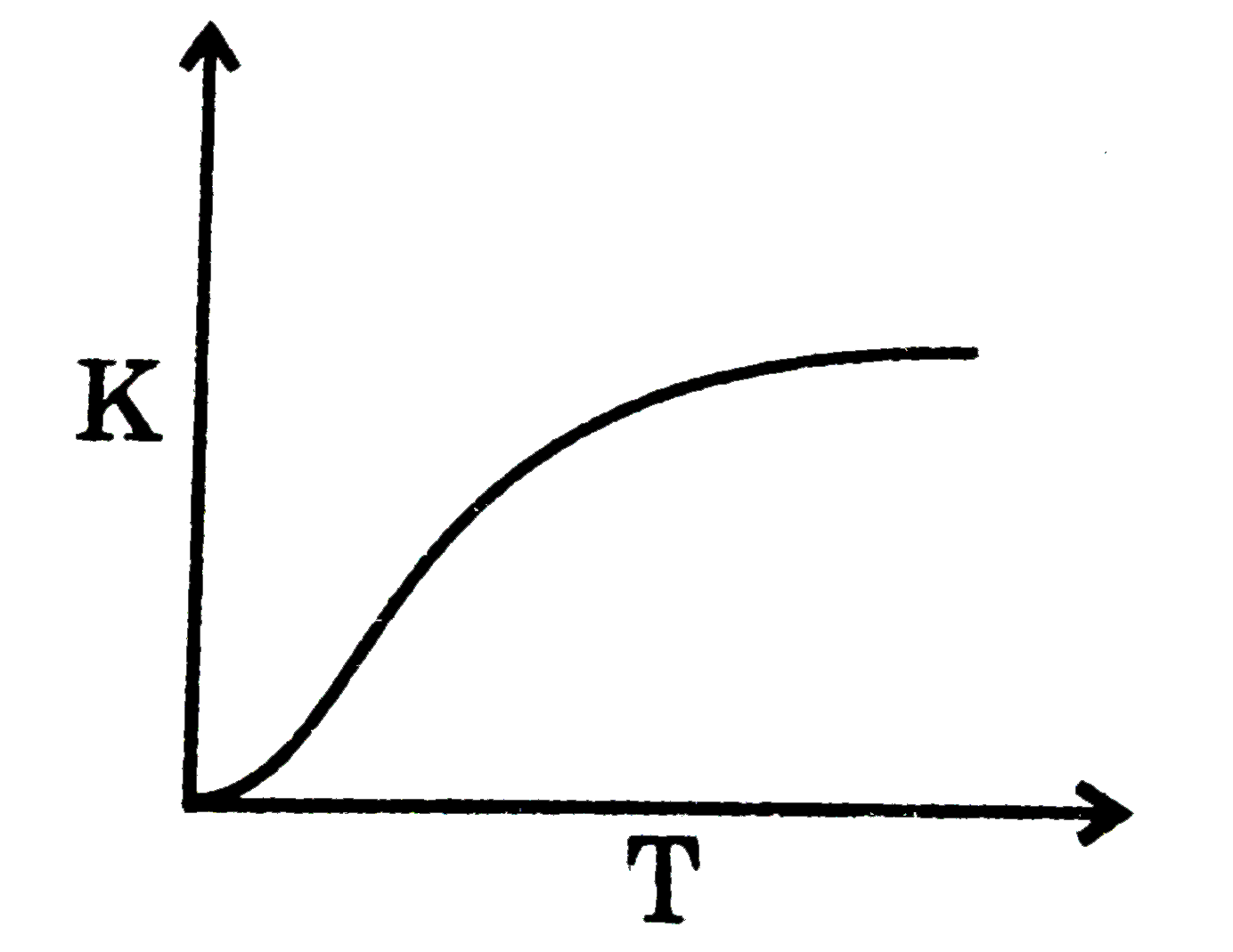Correct statement is
[Zn(NH3)4]2+ is tetrahedral and paramagnetic
[Nicl4]2− is square planar and paramagnetic
[Zn(NH3)4]2+ is square planar and diamagnetic
[Ni(CN)4]2−is square planar and diamagnetic
To solve the question regarding the correct statement about the coordination compounds mentioned, we will analyze each compound step by step.
Step 1: Analyze Zn(NH3)4^2+
1. Determine the oxidation state of Zn: In Zn(NH3)4^2+, Zn is in the +2 oxidation state.
2. Electronic configuration: The electronic configuration of Zn in the +2 state is (Ar) 3d^10 4s^0. This means all 10 electrons in the 3d subshell are paired.
3. Hybridization: Since NH3 is a strong field ligand, it will not cause any pairing of the electrons in the 3d subshell. The hybridization will be sp^3, leading to a tetrahedral geometry.
4. Magnetism: Because there are no unpaired electrons, Zn(NH3)4^2+ is diamagnetic.
Conclusion for Zn(NH3)4^2+: The statement "tetrahedral" is correct, but "paramagnetic" is incorrect.
Step 2: Analyze NiCl4^2-
1. Determine the oxidation state of Ni: In NiCl4^2-, Ni is in the +2 oxidation state.
2. Electronic configuration: The electronic configuration of Ni in the +2 state is (Ar) 3d^8 4s^0.
3. Electron distribution: Distributing the 8 electrons in the 3d subshell (considering Cl- is a weak field ligand), we have:
- 1st orbital: ↑
- 2nd orbital: ↑
- 3rd orbital: ↑
- 4th orbital: ↑
- 5th orbital: ↑
- 6th orbital: ↑
- 7th orbital: ↑
- 8th orbital: ↑
This results in 2 unpaired electrons.
4. Hybridization: The hybridization is sp^3, leading to a tetrahedral geometry.
5. Magnetism: Since there are unpaired electrons, NiCl4^2- is paramagnetic.
Conclusion for NiCl4^2-: The statement "tetrahedral" is correct and "paramagnetic" is also correct.
Step 3: Analyze Zn(NH3)4^2+
1. Determine the oxidation state of Zn: In Zn(NH3)4^2+, Zn is in the +2 oxidation state.
2. Electronic configuration: The electronic configuration of Zn in the +2 state is (Ar) 3d^10 4s^0.
3. Hybridization: NH3 is a strong field ligand, but since there are no unpaired electrons, the electrons will not pair up. The hybridization will be sp^3, leading to a tetrahedral geometry.
4. Magnetism: Since there are no unpaired electrons, Zn(NH3)4^2+ is diamagnetic.
Conclusion for Zn(NH3)4^2+: The statement "tetrahedral" is correct, but "square planar" is incorrect.
Step 4: Analyze Ni(CN)4^2-
1. Determine the oxidation state of Ni: In Ni(CN)4^2-, Ni is in the +2 oxidation state.
2. Electronic configuration: The electronic configuration of Ni in the +2 state is (Ar) 3d^8 4s^0.
3. Electron distribution: CN- is a strong field ligand, which will cause pairing of the electrons. The distribution will be:
- 1st orbital: ↑↓
- 2nd orbital: ↑↓
- 3rd orbital: ↑↓
- 4th orbital: ↑↓
This results in 0 unpaired electrons.
4. Hybridization: The hybridization is dsp^2, leading to a square planar geometry.
5. Magnetism: Since there are no unpaired electrons, Ni(CN)4^2- is diamagnetic.
Conclusion for Ni(CN)4^2-: The statement "square planar" is correct, and "diamagnetic" is also correct.
Final Summary
- Zn(NH3)4^2+: Tetrahedral (correct), Paramagnetic (incorrect).
- NiCl4^2-: Tetrahedral (correct), Paramagnetic (correct).
- Zn(NH3)4^2+: Tetrahedral (correct), Square planar (incorrect).
- Ni(CN)4^2-: Square planar (correct), Diamagnetic (correct).
Correct Statement
The correct statement is about Ni(CN)4^2- being square planar and diamagnetic.
1. Determine the oxidation state of Zn: In Zn(NH3)4^2+, Zn is in the +2 oxidation state.
2. Electronic configuration: The electronic configuration of Zn in the +2 state is (Ar) 3d^10 4s^0. This means all 10 electrons in the 3d subshell are paired.
3. Hybridization: Since NH3 is a strong field ligand, it will not cause any pairing of the electrons in the 3d subshell. The hybridization will be sp^3, leading to a tetrahedral geometry.
4. Magnetism: Because there are no unpaired electrons, Zn(NH3)4^2+ is diamagnetic.
1. Determine the oxidation state of Ni: In NiCl4^2-, Ni is in the +2 oxidation state.
2. Electronic configuration: The electronic configuration of Ni in the +2 state is (Ar) 3d^8 4s^0.
3. Electron distribution: Distributing the 8 electrons in the 3d subshell (considering Cl- is a weak field ligand), we have:
- 1st orbital: ↑
- 2nd orbital: ↑
- 3rd orbital: ↑
- 4th orbital: ↑
- 5th orbital: ↑
- 6th orbital: ↑
- 7th orbital: ↑
- 8th orbital: ↑
This results in 2 unpaired electrons.
4. Hybridization: The hybridization is sp^3, leading to a tetrahedral geometry.
5. Magnetism: Since there are unpaired electrons, NiCl4^2- is paramagnetic.
1. Determine the oxidation state of Zn: In Zn(NH3)4^2+, Zn is in the +2 oxidation state.
2. Electronic configuration: The electronic configuration of Zn in the +2 state is (Ar) 3d^10 4s^0.
3. Hybridization: NH3 is a strong field ligand, but since there are no unpaired electrons, the electrons will not pair up. The hybridization will be sp^3, leading to a tetrahedral geometry.
4. Magnetism: Since there are no unpaired electrons, Zn(NH3)4^2+ is diamagnetic.
1. Determine the oxidation state of Ni: In Ni(CN)4^2-, Ni is in the +2 oxidation state.
2. Electronic configuration: The electronic configuration of Ni in the +2 state is (Ar) 3d^8 4s^0.
3. Electron distribution: CN- is a strong field ligand, which will cause pairing of the electrons. The distribution will be:
- 1st orbital: ↑↓
- 2nd orbital: ↑↓
- 3rd orbital: ↑↓
- 4th orbital: ↑↓
This results in 0 unpaired electrons.
4. Hybridization: The hybridization is dsp^2, leading to a square planar geometry.
5. Magnetism: Since there are no unpaired electrons, Ni(CN)4^2- is diamagnetic.
- Zn(NH3)4^2+: Tetrahedral (correct), Paramagnetic (incorrect).
- NiCl4^2-: Tetrahedral (correct), Paramagnetic (correct).
- Zn(NH3)4^2+: Tetrahedral (correct), Square planar (incorrect).
- Ni(CN)4^2-: Square planar (correct), Diamagnetic (correct).
The correct statement is about Ni(CN)4^2- being square planar and diamagnetic.
Topper's Solved these Questions
Similar Questions
Knowledge Check
A correct statements is
A[Co(NH3)6]2+is paramagneticB[MnBr4]2− is tetrahedralC[CoBr2(en)2]− exihibits linkage isomerismD[Ni(NH3)6]2+ is not an inner orbital complexThe correct statements is/are
ACsCl crystal likely to show Schottky defectBCsCl crystal likely to show Frenkel defectCPhotosensitivity of AgBr is due to the presence of Frenkel defect in it.DCrystals having F - centres are coloured and paramagneticCorrect statement of (A) is :
 AA is an optically active compound.BWhen A reacts with Br2/CCl4, recemic mixture will be formed.CWhen A reacts with Br2/CCl4, diastereomeric mixture will be formed.DWhen A reacts with O3/H2O2, dicarboxylic acid will be formed.
AA is an optically active compound.BWhen A reacts with Br2/CCl4, recemic mixture will be formed.CWhen A reacts with Br2/CCl4, diastereomeric mixture will be formed.DWhen A reacts with O3/H2O2, dicarboxylic acid will be formed.

